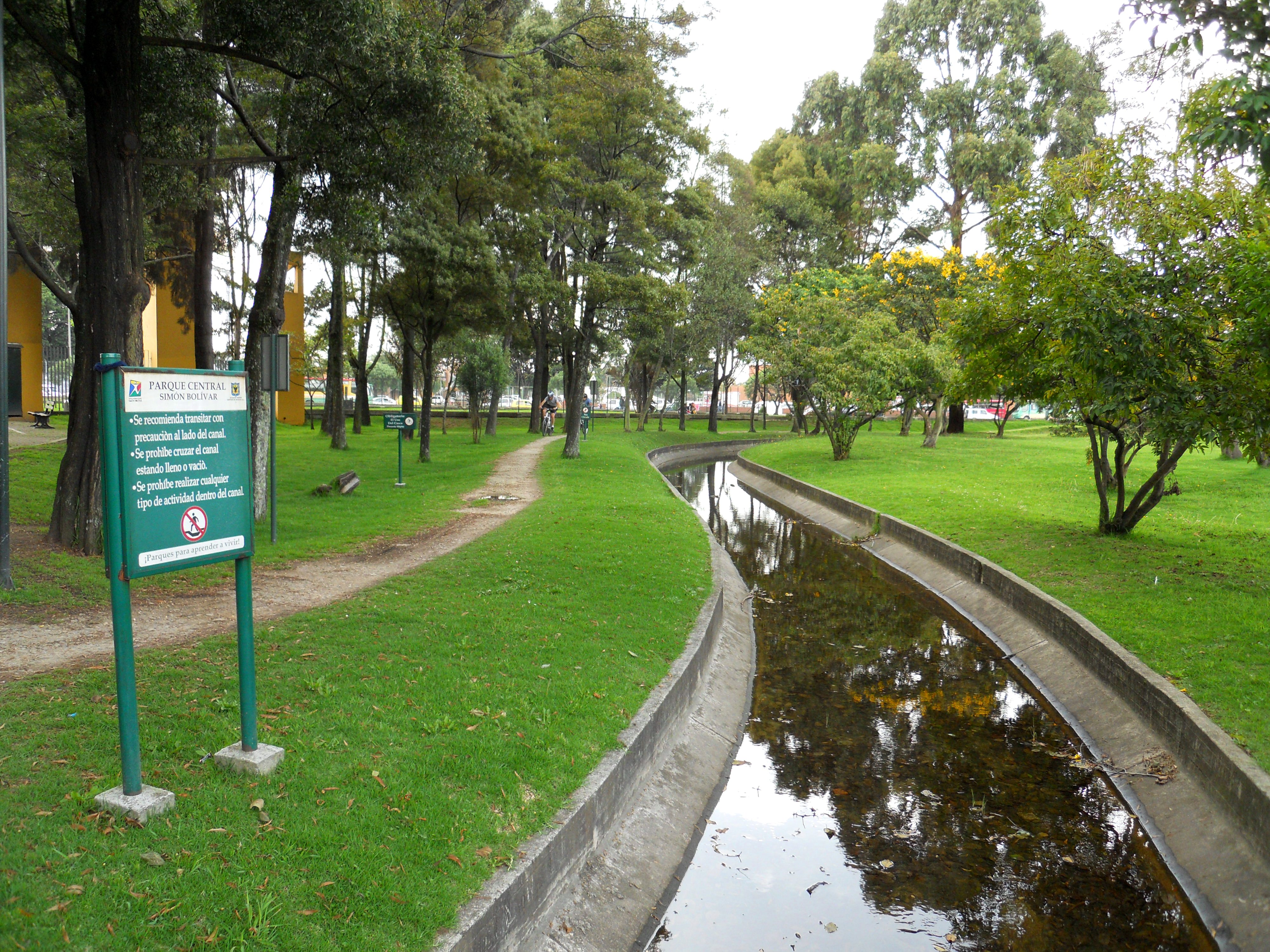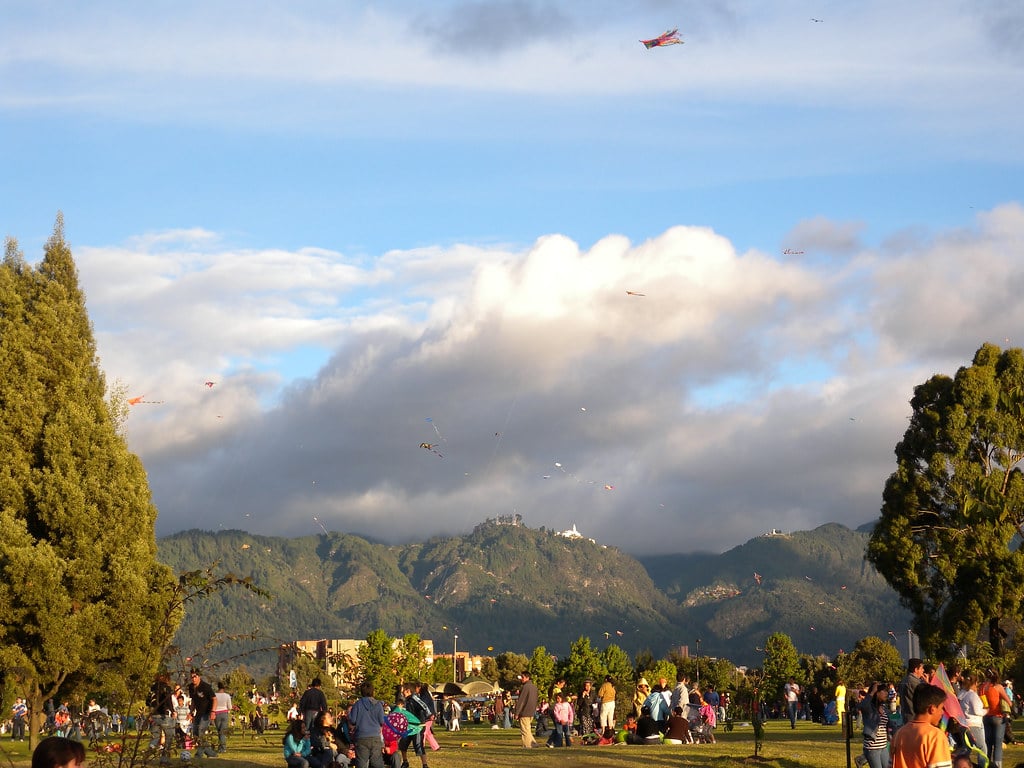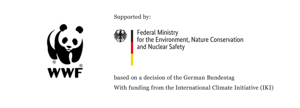In Bogota, Colombia, while many protected green areas had been established, they were isolated and disconnected from each other. Protected natural areas are essential to any city, but the health and biodiversity of these areas also largely depends on how connected they are to one another, as connectivity allows flora and fauna to disperse and reproduce in a healthier and more genetically diverse way. A new District Development Plan (2020-2024) was therefore established to strategize urban land use that would not only connect these protected areas, but benefit the citizens and community in the process.
 Photo: © Wikimedia Commons
Photo: © Wikimedia Commons
Under the new Plan, local “pocket parks” - small open spaces in the city or miniature green spaces between densely built houses - were created, acting as “bridges” and helping connect the protected areas to one another. Locals could then use these pocket parks for various recreational activities, and experience lower stress and greater happiness and health overall from the increased greenery.
To encourage citizens to use the parks to the fullest and empower them to better protect these green areas, the District Development Plan encouraged locals to enjoy the natural spaces like wetlands, high mountain parks and the Eastern Hills. The government also invited citizens to take part on ecological walks and interpretative tours, to educate locals on the value of nature and the biodiversity present in Bogota. Amidst the pandemic, these parks were closed to the public, but virtual tours were created using 360° images. With the support of the ABO (Asociación Bogotana de Ornitología / Bogotana Association of Ornithology) a bird species identification tour was also conducted as part of the celebration of Bogotá's birthday.
 Photo: © Hembo Pagi
Photo: © Hembo Pagi
Though connecting these protected areas was the focus, the Development Plan utilised a truly holistic approach that extended beyond promoting the parks themselves. From encouraging locals to consider commuting by foot, bike or public transport instead of using private vehicles, to minimizing waste at home, the Plan demonstrated to locals how nature protection can become a part of everyday life.
At WWF, we're working tirelessly to build a healthier future for both people and planet.
Subscribe to our newsletter to be part of our journey, keep up-to-date with our vital work, and discover ways you can get involved!

Connect2Earth is part of the project “Scaling up Biodiversity Communication”, supported by Germany’s Federal Ministry of the Environment, Nature Conservation and Nuclear Safety with funding from the International Climate Initiative (IKI)

© 2017 WWF - World Wide Fund For Nature© 1986 Panda Symbol WWF – World Wide Fund For Nature (formerly World Wildlife Fund)® “WWF” is a WWF Registered Trademark Creative Commons license.